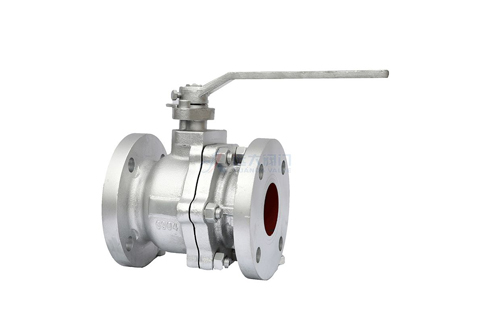Home >> News >> Ball Valve
Ball Valve
Ball valves came out in the 1950s. It is a valve that has been used more and more in thermal systems in recent years. Its superior performance is unattainable by other valves. There is no fluid resistance, lightweight, good sealing performance, no leakage, and can be opened and closed. The advantages of fast switching, non-corrosion by medium, and long service life have gradually gained the favor of enterprise valve selection. However, how to perform routine maintenance and repair of valves in daily operation has also become a work that cannot be ignored by heating companies.
By understanding the working principle of the valve and the characteristics of the product, as well as the operation method and troubleshooting, the corresponding production operation system can be formulated in the company's normal production to ensure the safe operation of the valve equipment.
The correct use, installation, and maintenance of the ball valve are very important, and it is also the content that the heating company must refer to when formulating operating procedures. Scientific management and maintenance of the ball valve during construction can not only ensure safety but also reduce construction and operation management. Pay attention to the following aspects:
1) Use correct methods to load and unload the valve to avoid mechanical damage to the valve. When lifting the valve, do not tie the lifting belt to the valve stem or actuator for lifting. If the valve is operated in violation of regulations, the valve stem will bend, the valve stem seal will fail, and the turbine box will be destroyed.
2) Before the valve leaves the factory, the blind plates or covers should be sealed at both ends of the valve to prevent impurities such as water and sand from entering the valve cavity at the transportation and construction site, causing seal damage and corrosion.
3) At the construction site, the valves should be placed neatly and should not be placed randomly, otherwise the drain valve or the grease injection valve of the valve will be broken and damaged.
4) Before the welding construction of the fully welded ball valve, confirm that the valve is welded in the fully open position to avoid damage to the ball and scratches on the sealing surface caused by welding spatter. The welding temperature between the valve seats is controlled at 140 degrees.
5) After the water pressure test is completed, the water in the valve cavity should be drained to prevent corrosion and freezing.
The valve is the control component in the fluid conveying system. It has the functions of cutting off, adjusting, diverting, preventing backflow, stabilizing, diverting, adjusting the balance of medium flow, etc.
Valves are also one of the most typical equipment in thermal systems. The quality of the valve and whether the valve is reasonably selected according to the characteristics of the valve play a decisive role in the heating quality.
Since these valves are laid in-ground wells, they are not easy to find because they will run, leak, and drip. Under normal circumstances, it will only be discovered when the user complains, the inspection is discovered, or the equipment is damaged.
We are ball valves manufacturers. Please feel free to contact us.

Previous: Gate Valve Problems
Next: What Is Butterfly Valve?